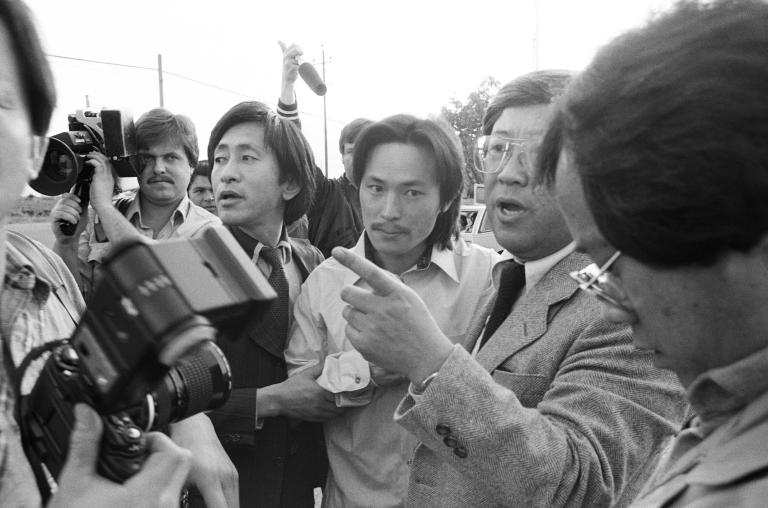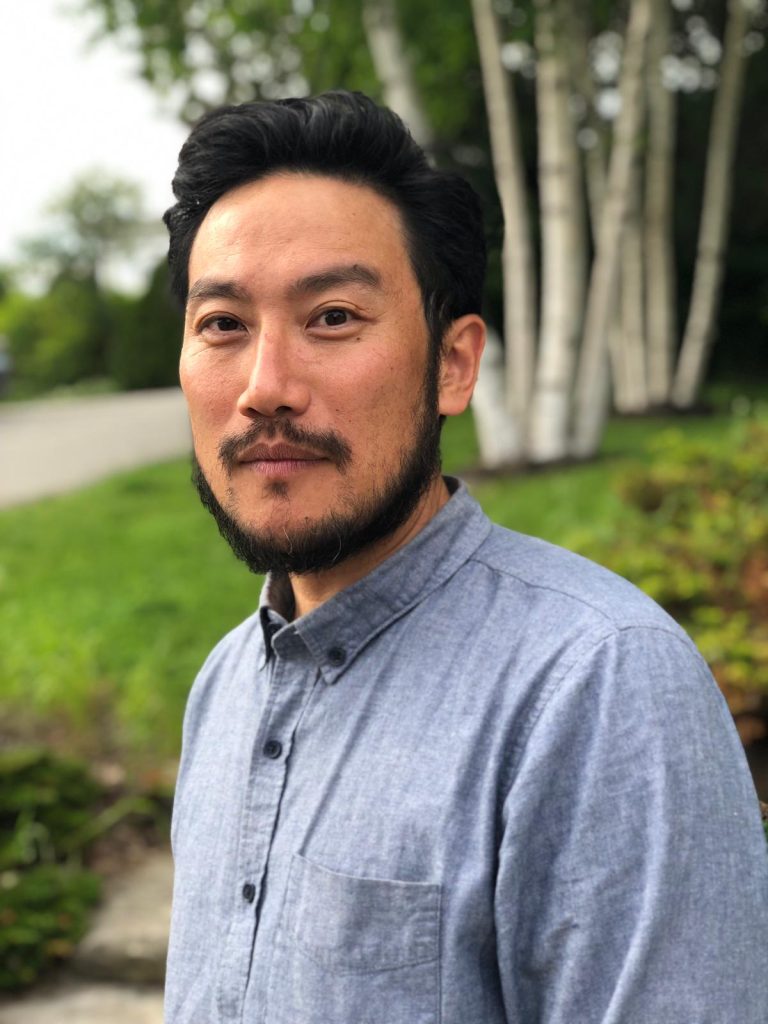
Longtime journalists-turned-directors Julie Ha and Eugene Yi capture a sensitive and unique moment in Asian American history. At this year’s Sundance Film Festival, they debuted “Free Chol Soo Lee” — their recent documentary feature — which shed a new light on the story of Korean immigrant Chol Soo Lee, whose life was brutalized by America’s inhuman legal system.
In the early ’70s, Chol Soo Lee arrived in San Francisco’s Chinatown. As a young street punk, he hung around the place where street gangs robbed the neighborhood. While trying to work odd jobs — one of them as a barker for the local strip clubs — the manager showed him a 38 mm gun borrowed from back home leading to an accidental discharge in his flop house’s bedroom wall. Five days later, on June 3, 1973, Yip Yee Tak, a member of a local gang, was shot to death on a crowded street in Chinatown. Chol Soo Lee was racially profiled and arrested for first degree murder. His trial which relied on a questionable account from a white tourist led to an unlawful conviction which led to a decade-long imprisonment.

Initially sentenced to life, 21-year-old Chol Soo Lee was thrust into the world of the most violent prison in California where gang members constantly warred with each other, were strip searched all the time and received on-going dehumanizing treatment. Within a year, Chol Soo Lee witnessed a convict having his head bashed in, another convict was killed on a weight bench and another was stabbed 24 times. He spent years fighting to survive.
In 1977, with the prison’s convict code clear cut, reputation was everything for prisoners, and any sign of disrespect could lead to violence.
Chol Soo Lee fatally stabbed another inmate in an act, he said, was in self-defense against a self-proclaimed white supremacist who had allegedly attempted to stab him. Since it was his second murder conviction, he was transferred to a state prison, where he spent several years on death row. Finally, investigative journalist K.W. Lee, a reporter for The Sacramento Union, took a special interest in his case, connecting with him through their shared heritage and feelings of isolation in American society.
K.W. Lee questioned the witnesses’ ability to distinguish between Asians having only glimpsed the shooter over a very short duration — and that spearheaded the formation of the Free Chol Soo Lee Defense Committee, which was igniting a social justice movement that would unite Asian Americans, and inspire a new generation of activists. They ended up raising more than $100,000 to hire a group of attorneys and investigators to fight for him.

In February 1979, the Defense Committee secured Lee a retrial of his first case after a judge ruled that prosecutors had withheld material evidence. Then on September 3rd, 1982, a San Francisco jury acquitted Lee in the Chinatown murder, transforming a former street hustler into a symbol for a revolutionary Asian American social movement in the late ‘70s and early ‘80s.
The film captures the experience of thousands of Asian Americans from different generations, classes and backgrounds who came together to support Lee. Chol Soo Lee never received an apology or compensation from the state of California; he lived the rest of his life in San Francisco and died on December 3, 2014 at the age of 62 years old.
The filmmakers crafted an intimate portrait of this complex man at the center of the story, serving up an urgent message in this pandemic time, when we still see the brutal attacks of Asians on a daily basis. Filmmakers Ha and Yi blend together a rich trove of materials from the archival footage, interviews with activists and lawyers, plus the poignant narration of Lee’s personal writings to create an engaging portrait of the man and the movement. In the end, the story became not just about Asian Americans, it’s about the experience of immigrants who came to America in search of a better life.

